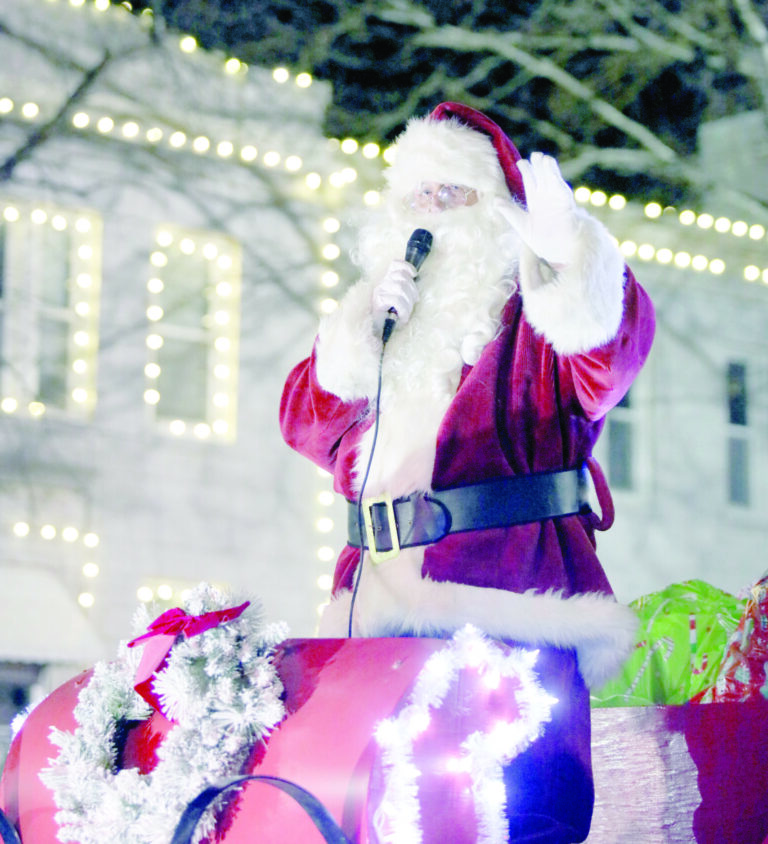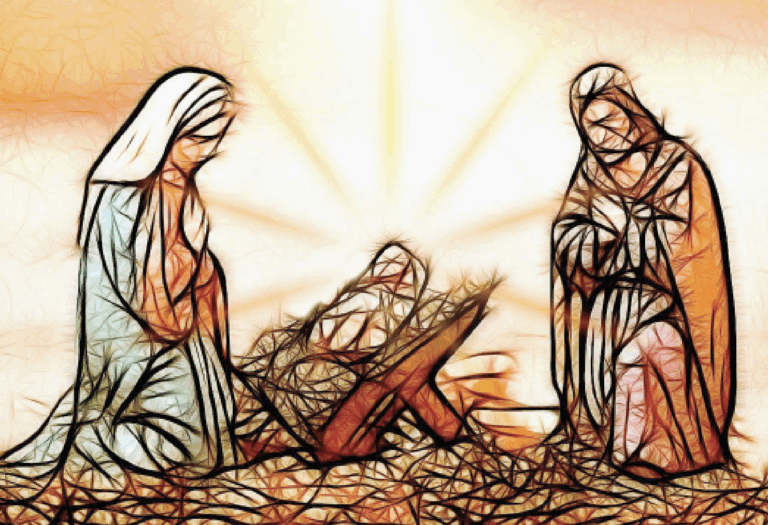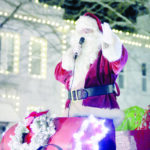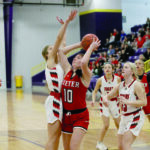Cassville powerhouse being demolished
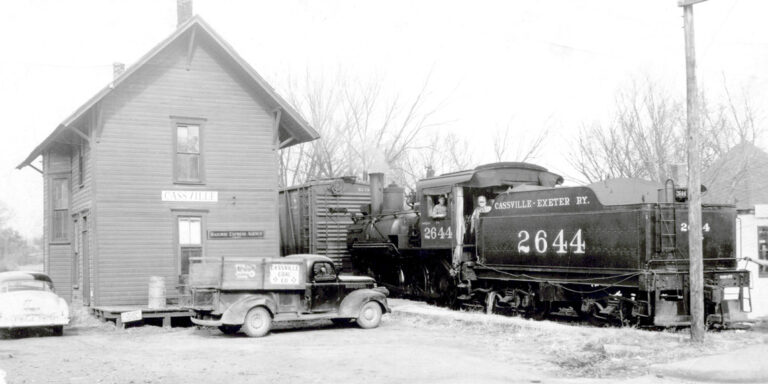






A last remnant of Cassville’s railroad is undergoing demolition.
Jim Hiers and his wife, Lora, who own and operate Special Enterprises, an excavation business based in Cape Fair, submitted the winning bid of $68,800 to the City of Cassville to tear down the long-abandoned, derelict structure at the corner of East and 9th Streets.
Recognized by its slightly sinister-looking, tall smokestack, the building was originally constructed in 1909 to house a coal-powered electricity generator for Cassville’s railroad.
“We were told that the boiler was fired up fresh every day, then allowed to go out at night,” Jim Hiers said.
Along with the old power house, the railroad’s history, too, is disappearing.
After the St. Louis and San Francisco (Frisco) Railroad opted to bypass Cassville and lay tracks through Exeter in the 1880s, several Cassville businessmen pooled their resources and started their own railroad. Slightly less than five miles of track between Cassville and the Frisco line in Exeter were laid between June 11 and June 20 of 1896.
During a gala 4th of July celebration in Cassville, the train steamed upward on its first journey to Exeter, then coasted back down into Cassville.
The difference in elevation between the depots in Cassville and Exeter amounted to 196 feet, history records, and the length of time needed for the trip depended on the strength of the engine and the amount of freight to be hauled. Freight and passenger cars were hauled on separate trips. While freight cars were escorted back downhill by the engine, the passenger car was allowed to coast downward into Cassville unattended, except for the services of a “strong-hearted brakeman,” one account says.
The initial railroad, called the Cassville & Western (C&W), got underway in 1896 with used equipment: two steam engines — one formerly used by the Frisco — a boxcar, a passenger coach and a combination baggage and passenger coach.
The standard-gauge railroad quickly took off in popularity. Twice daily, on a 12-hour schedule, the train provided a vital link for local businesses in the community by shipping produce and other commodities to the Frisco line at Exeter and, from there, to the broader market beyond. Passengers, too, made use of the C&W. Historical accounts state that the railroad was sometimes the only way into and out of Cassville when the town’s roads, including Main Street, were too muddy to navigate.
The railroad’s depot was located on the west side of Main Street, where the parking lot of Pyle’s Appliances now is (just north of the BBQ Station), and was described as “commodious and tasty.”
From the west, the railroad tracks came into Cassville around the corner on 10th Street, crossed Townsend, then ran through the empty lot north of Ninth and Gravel, before stopping at (or passing) the depot. After crossing Main Street, the tracks ran through the diagonal parking lot on the north side of Copy Cat printers, then diverged, with one spur running south along East Street and a second one south along Mill Street Both spurs ended prior to crossing 7th Street, then called Water Street.
In 1909, the powerhouse, fueled by coal, was constructed at the corner of East and Paint (now Ninth) streets to “electrify” the railroad. The hope was to extend the line northward to Carthage and southward to Eureka Springs when the electrification was complete. The attempts to electrify the railroad were deemed unsuccessful, although it isn’t clear just how long the power plant operated.
The building that housed the generator was later called “The Possum House,” and was apparently used as a collection point for animal hides. During more recent years, it’s been used for businesses, and, at various intervals, called Maggie’s Place, the Alley Bar, Memories and Caroline’s.
It is known that hopes for the railroad’s extension did not materialize. Nevertheless, steam-driven rail service continued on the train’s original five-mile route until Oct. 4, 1917, when a horrific accident almost spelled its demise.
Sometime after 8 p.m., at an elevated point on the track east of Exeter, when the engineer attempted to hook up with two railcars loaded with gravel, the coupling pin broke. The bump of the failed attempt to couple pushed the gravel cars out of their stationary position and into a freewheeling descent toward Cassville. They picked up momentum as they rolled downward into the unsuspecting town.
In spite of the engineer’s best efforts, he could not regain control of the cars, nor could he reach the Cassville switchman by telephone so that he could halt the runaways. When the cars barreled into Cassville, the end of the line on Mill Street was but a slight obstacle to the gravel-laden missiles. They slammed into an empty boxcar and, pushing it in front of them, jumped the track, crossed the road and crashed into the home of Mrs. Zuma Bloomer, who lived across the street.
Walls collapsed as the house was knocked from its moorings and twisted in a clockwise direction. Fourteen-year-old Francis “Ruth” Bloomer, who was seated at the dining room table doing her homework, took a direct hit. She died within 30 minutes from crushing brain and spinal injuries that rendered her unconscious, her death certificate states. Her mother, Zuma Bloomer, her older brother, Lavern Bloomer, and younger sister, Willie Bloomer, were also home at the time of the crash, but they escaped without serious injuries.
The C&W Railroad was judged to be at fault in the accident and faced bankruptcy soon thereafter.
A swing set now stands on the southeast corner of Mill and 7th Streets, in the Cassville City Park, adjacent to where the Bloomer home once stood, and where Ruth Bloomer died, one day after her 14th birthday.
In 1919, businessmen Dave Dingler and Robert C. Ault purchased the railroad and brought it back to life, with a “four-man company” that included themselves and their wives, with board meetings held over chicken dinners prepared by the latter. Dingler and Ault renamed the railroad the Cassville & Exeter (C&E) Railroad, and purchased an engine — which became known as “Old Number 20,” and “Maryann” — and a red and green Pullman 24-passenger car.
They took the railroad to higher levels of freight service, while also turning it into a tourist attraction, of sorts, for passengers. Featured in multiple state and national publications — including Ripley’s Believe It or Not, in 1931 — the C&E was called “the shortest standard gauge, steam-driven railroad in the country,” although some say there were shorter ones. The C&E was also referred to as a “One Man Railroad,” because Dingler, the president of the company, was also the train’s engineer and mechanic.
Although Dingler was later quoted as saying passenger service wasn’t really profitable (at 25 cents a ticket), it appeared to be a favorite part of his job. Every spring, he offered free “Exeter Excursions” to Cassville school children, and entertained and educated them along the way with details about nature, local history and other topics of interest. Adults, too, made the train ride a “must” when they were visiting Cassville or Exeter, including former President Harry S. Truman. During his 1934 U.S. Senate campaign circuit, Truman rode into Cassville on the C&E, where he spent the night in a passenger car, courtesy of Dave Dingler.
It was said that the C&E did “a startling amount of freight business, given its length.” One source stated it pulled 1,000 freight cars in a year, which included 78 loads of strawberries, in season.
Ault and Dingler both died in 1939 — Ault as the result of a car crash, and Dingler from health issues — and their widows, most notably Ida Dingler, took responsibility for railroad operations. With help from various sources and from her son Ray Dingler, the railroad continued operating until 1947, when the cost of needed repairs exceeded the railroad’s revenue intake.
Help again came through. The railroad was rescued, this time, by a businessman from Des Moines, Iowa, who put the freight business back on its wheels, albeit, at times, on an as-needed basis.
On Sept. 11, 1956, due to declining revenue, the C&E made its final run. The railroad’s termination of service did not go unnoticed on a national scale, and many newspapers and magazines across the country wrote stories of the Cassville railroad’s glory days. A variety of those news clippings can be found on the Barry County Museum’s website at barrycomuseum.org. In the parking lot of the Barry County Museum, at 15858 State Highway 76, Cassville, one can also see a train engine of the same model that pulled C&E freight cars during the railroad’s final days of service.
Historical details for this article were gathered from material furnished by Jeremiah Buntin at The Barry County Museum and from various online sources, including accounts written by the late Irene Horner and the late Senator Emory Melton, of Cassville, and Donna Haddock Cooper, coordinator of Rootsweb.com.

